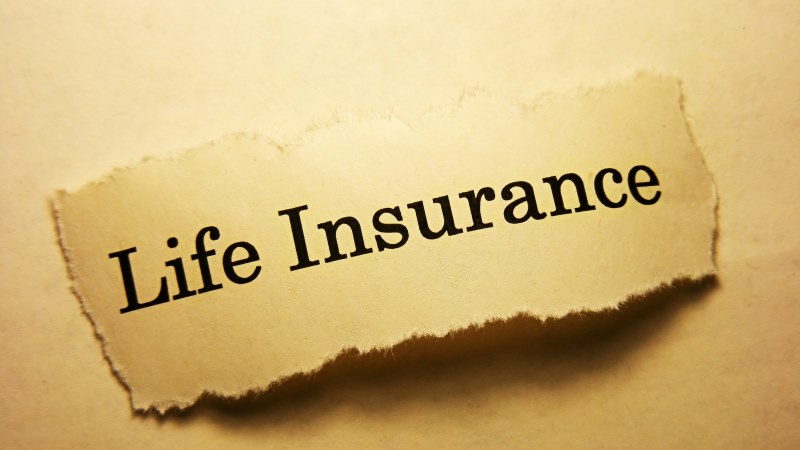Property ownership is a significant investment, often representing a cornerstone of financial stability and security for individuals and businesses alike.
However, with ownership comes the inherent risk of unforeseen events such as natural disasters, accidents, or other incidents that can cause damage or loss.
This is where property insurance plays a crucial role, providing financial protection and peace of mind against a wide range of potential risks.
In this article, we’ll explore smart strategies for managing risk with property insurance, empowering property owners to make informed decisions and safeguard their investments effectively.
1. Understand Your Coverage Needs
The first step in managing risk with property insurance is to assess your coverage needs accurately. Every property is unique, with varying levels of risk exposure depending on factors such as location, type of property, and intended use.
Conduct a thorough evaluation of your property to identify potential hazards and vulnerabilities, taking into account risks such as fire, theft, natural disasters, and liability issues.
Based on this assessment, work with your insurance provider to customize a policy that provides comprehensive coverage tailored to your specific needs and risk profile.
2. Choose the Right Type of Insurance
Property insurance comes in many forms, each offering different levels of coverage and protection. Common types of property insurance include:
- Homeowners Insurance: Designed to protect homeowners against damage to their property and personal belongings, as well as liability for injuries or accidents that occur on their premises.
- Renters Insurance: Similar to homeowners insurance but tailored for tenants renting a property, providing coverage for personal belongings and liability protection.
- Commercial Property Insurance: Specifically designed to protect businesses against losses or damage to their physical assets, including buildings, equipment, inventory, and furnishings.
Choose the type of insurance that best suits your needs and circumstances, ensuring that you have adequate coverage to protect your property and assets in the event of an unexpected loss.
3. Review and Update Your Policy Regularly
As your property and circumstances change over time, it’s essential to review and update your insurance policy regularly to ensure that you maintain adequate coverage.
Life events such as renovations, additions, or changes in occupancy can affect your insurance needs, requiring adjustments to your policy to reflect these changes accurately.
Additionally, keep abreast of changes in insurance regulations, market conditions, and emerging risks that may impact your coverage requirements, and be proactive in updating your policy accordingly.
4. Mitigate Risks Through Loss Prevention Measures
While insurance provides financial protection against losses, proactive risk management can help minimize the likelihood and severity of potential incidents.
Implement loss prevention measures such as installing security systems, fire alarms, and sprinkler systems to reduce the risk of theft, vandalism, and fire damage.
Conduct regular maintenance inspections of your property to identify and address potential hazards such as faulty wiring, leaky pipes, or structural weaknesses before they escalate into costly problems.
By taking proactive steps to mitigate risks, you can not only reduce the likelihood of filing a claim but also potentially lower your insurance premiums through risk reduction incentives offered by insurers.
5. Consider Additional Coverage Options
In addition to standard property insurance policies, consider exploring supplemental coverage options to enhance your protection against specific risks or scenarios not covered by your primary policy. Examples of additional coverage options include:
- Flood Insurance: Provides coverage for damage caused by flooding, which is typically excluded from standard property insurance policies.
- Earthquake Insurance: Offers protection against damage caused by earthquakes, which may not be covered under standard policies in earthquake-prone areas.
- Umbrella Liability Insurance: Provides additional liability coverage beyond the limits of your primary policy, offering increased protection against costly lawsuits and legal expenses.
Evaluate your risk exposure and financial circumstances to determine whether additional coverage options are warranted, and work with your insurance provider to customize a policy that meets your specific needs.
6. Maintain Accurate Records and Documentation
In the event of a loss or damage to your property, thorough record-keeping and documentation are essential for expediting the claims process and ensuring that you receive fair compensation from your insurance provider.
Keep detailed records of your property inventory, including descriptions, photographs, and appraisals of valuable items, as well as receipts and documentation of purchase prices or appraised values.
Maintain copies of your insurance policy, contact information for your insurer, and any relevant correspondence or documentation related to your coverage.
By keeping organized records and documentation, you can streamline the claims process and avoid potential disputes or delays with your insurer.
7. Shop Around and Compare Quotes
When purchasing property insurance, don’t settle for the first policy you find. Take the time to shop around and compare quotes from multiple insurers to ensure that you’re getting the best coverage at the most competitive price.
Consider factors such as coverage limits, deductibles, exclusions, and customer service reputation when evaluating insurance providers.
Additionally, explore discounts and incentives offered by insurers for bundling multiple policies, maintaining a claims-free record, or implementing loss prevention measures.
By conducting thorough research and comparison shopping, you can secure the right coverage at the best possible value, maximizing your protection and minimizing your premiums.
In conclusion, property insurance is a critical tool for managing risk and protecting your investment against unforeseen events and losses.
By understanding your coverage needs, choosing the right type of insurance, reviewing and updating your policy regularly, implementing loss prevention measures, considering additional coverage options, maintaining accurate records and documentation, and shopping around for the best coverage and value, you can effectively manage risk with property insurance and safeguard your property and assets for the future.






